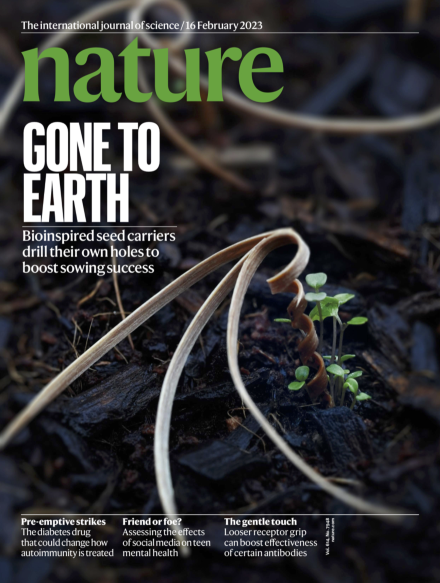
Annotate Text for Close Reading
One of the challenges biology students will encounter is reading scientific texts, particularly text from journals, like Nature. Reading scientific journals can be challenging due to their technical language and complex content.
Annotating text for close reading involves adding notes, comments, and markings to a text to better understand its content.
Here are some effective strategies for text annotations to help students better understand complicated text. Students can use colored pencils, highlights, or Post-it notes to annotate text.
1. Highlighting/Underlining:
- Use different colors for different purposes (e.g., main ideas, supporting details, key terms).
- Develop a color code. Example: Use green for main ideas, yellow for supporting details, blue for scientific terms and vocabulary. Red is a good color for highlighting areas of confusion.
2. Margin Notes:
- Write brief comments or questions in the margins.
- Respond to specific passages, ask questions, or note your reactions. Try using Emojis!
3. Symbols and Abbreviations:
- Develop a set of symbols or abbreviations to represent common themes, ideas, or evidence.
- For example, use an exclamation mark for surprising information, a question mark for unclear points, or an arrow for cause-and-effect relationships.
4. Connections and Patterns:
- Draw lines or use arrows to connect related ideas or themes.
- Write a brief statement on how they ideas are connected
5. Questions:
- Write down questions about the text, whether they are about specific details.
- Consider questions related to the science - what don't you understand?
6. Summary Statements:
- Write brief summaries or paraphrases of challenging paragraphs or sections.
- Rewriting main ideas can help make connections
7. Reactions and Personal Responses:
- Express your personal reactions and responses to the text.
- Note how the text makes you feel or how it connects to your own experiences.
8. Overall Summary (CER)
- Write a paragraph that summarizes the big ideas of the article - Consider what CLAIM is being made by the research
- List the EVIDENCE presented in the research that supports the claim
- Develop a REASONING statement that connects the evidence to the claim.